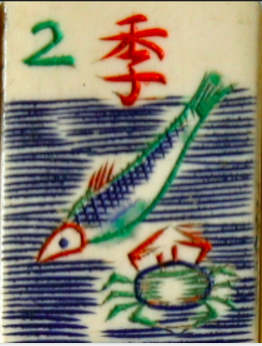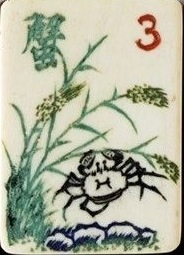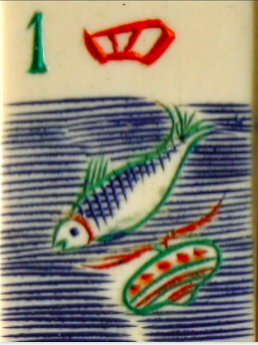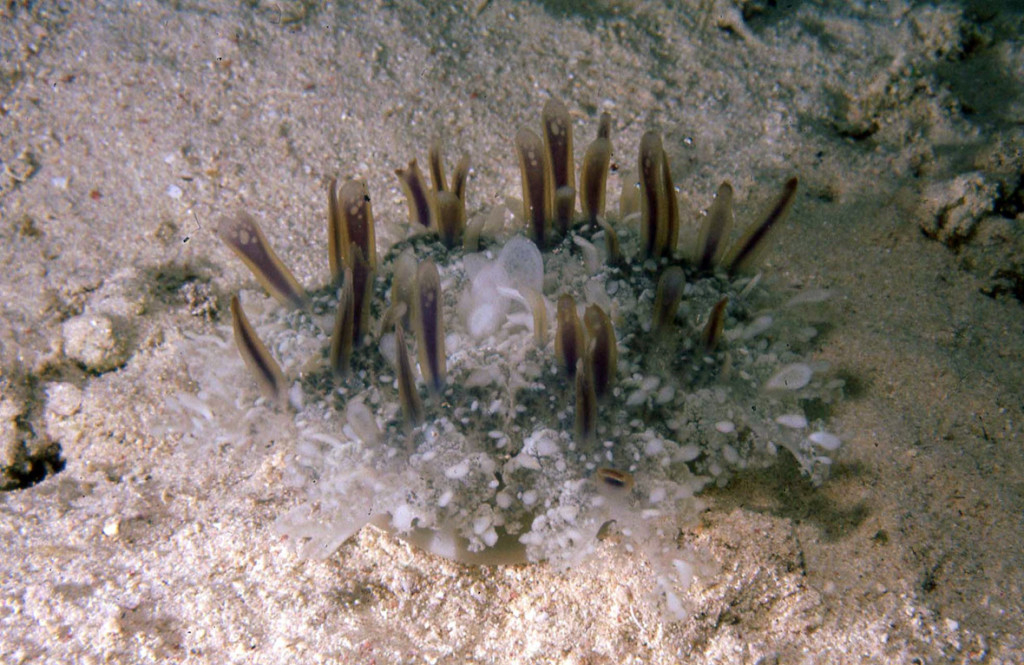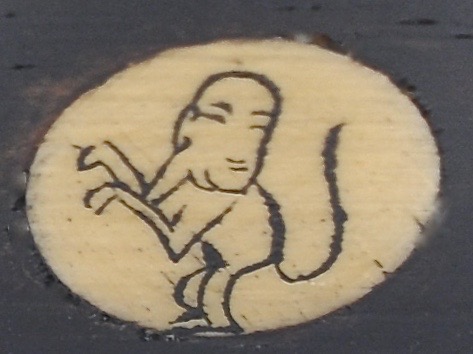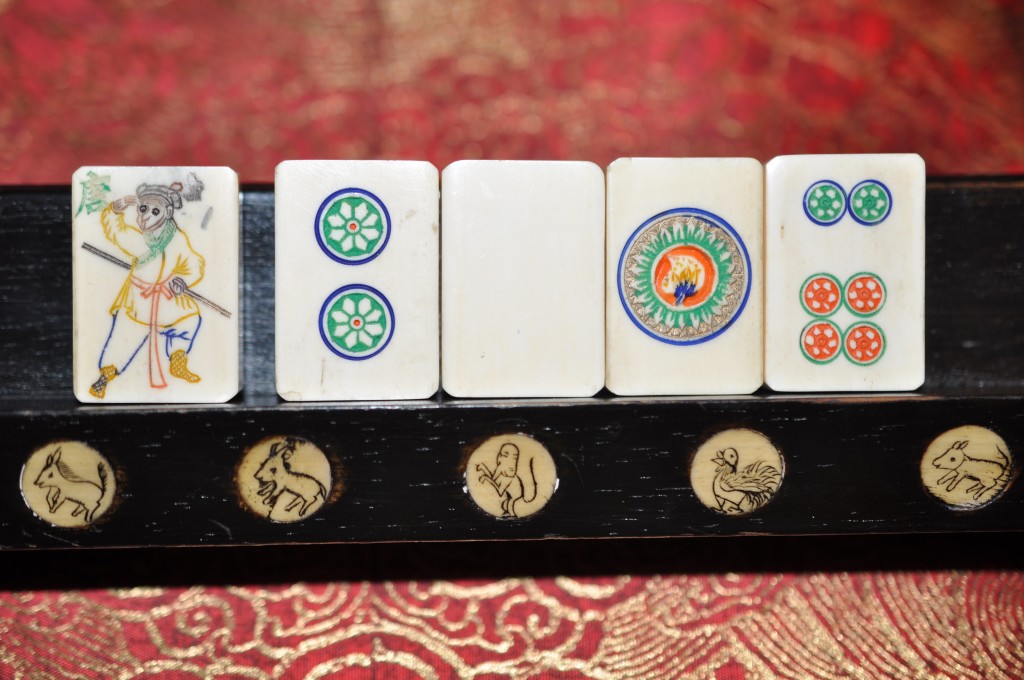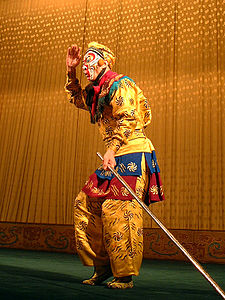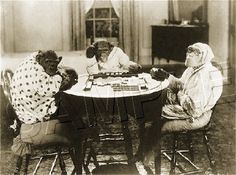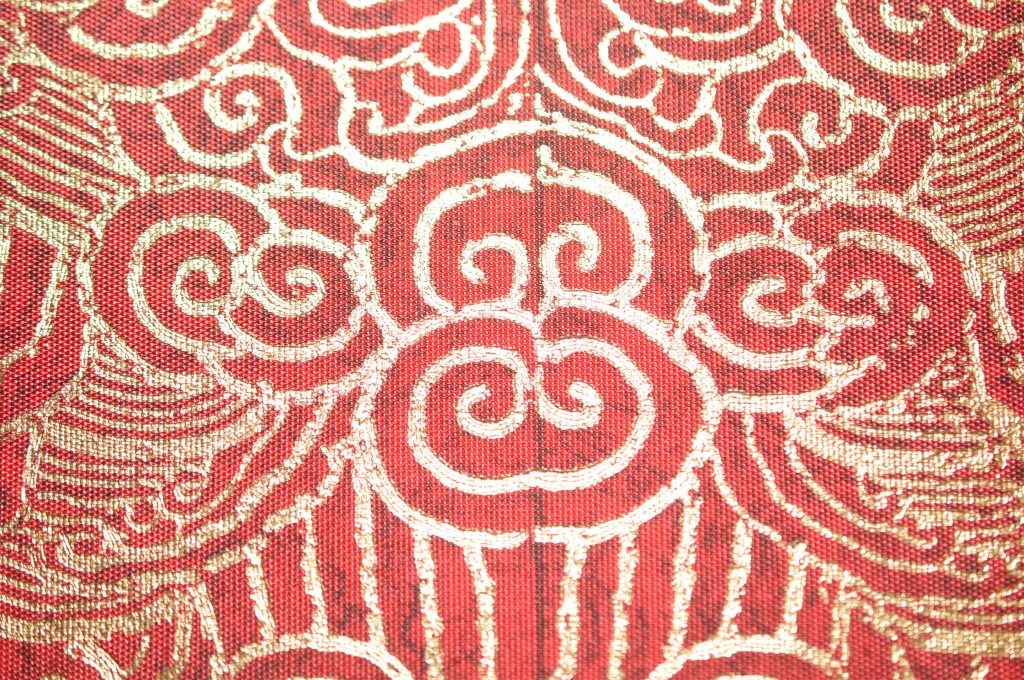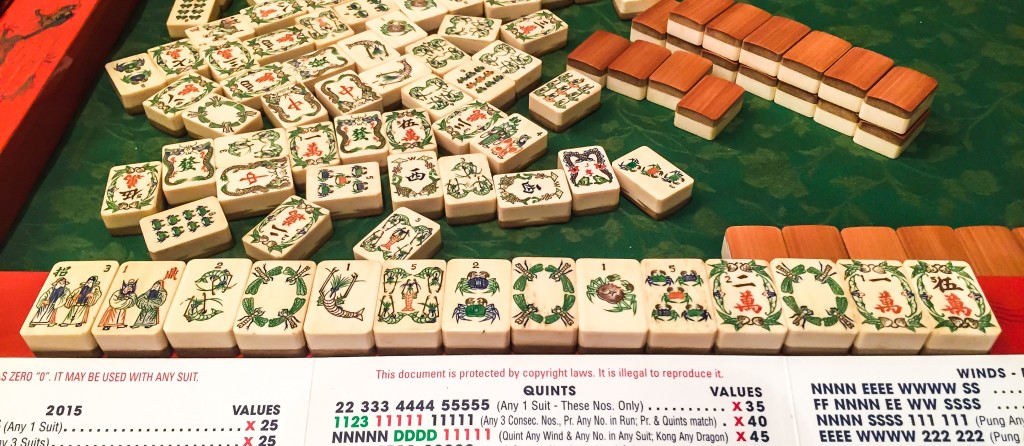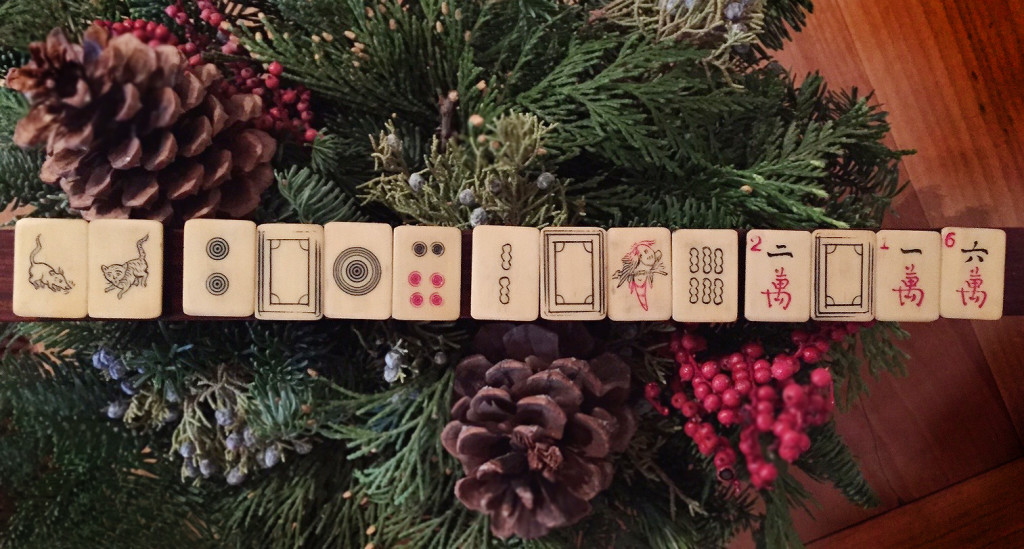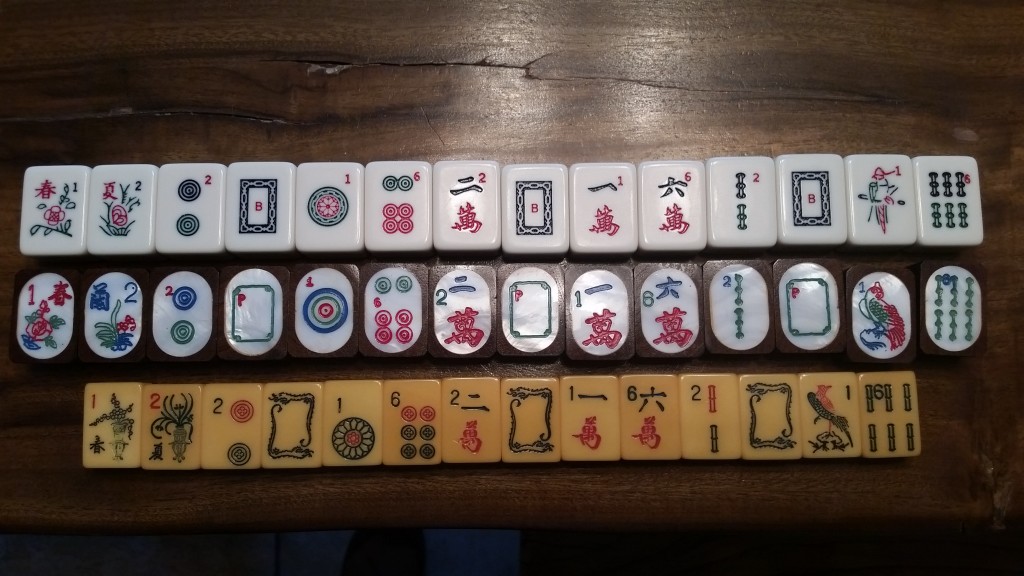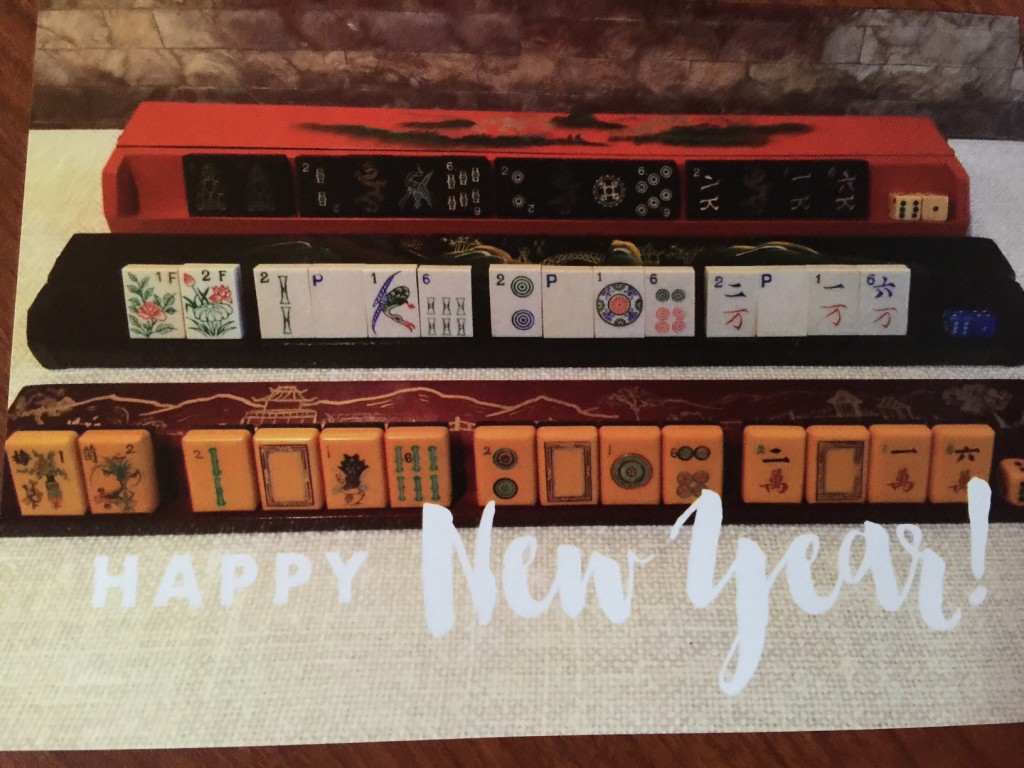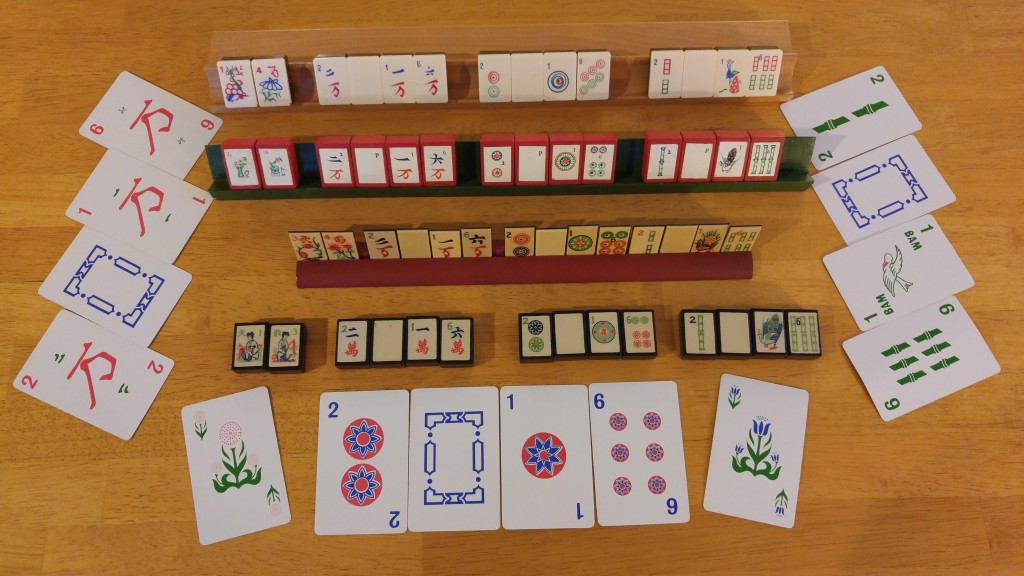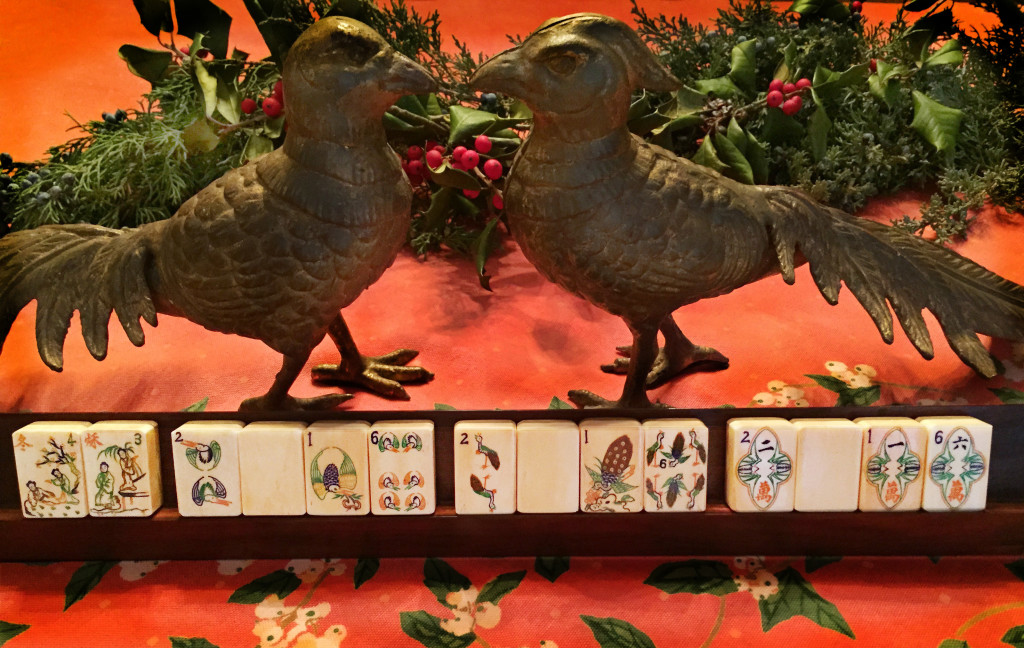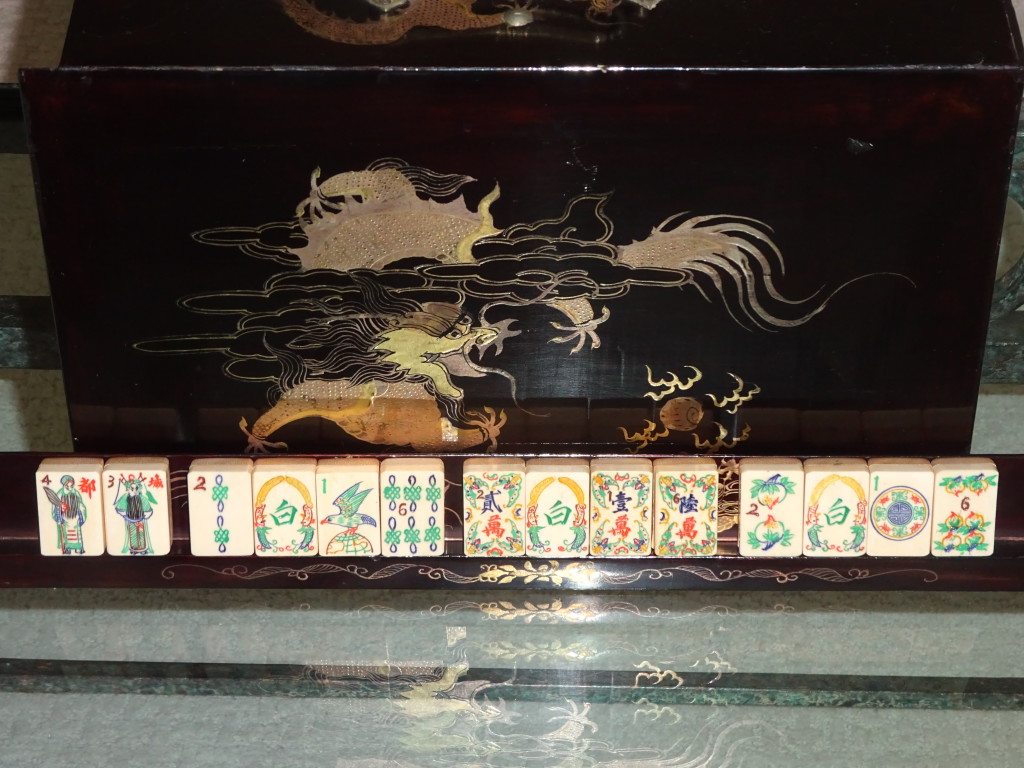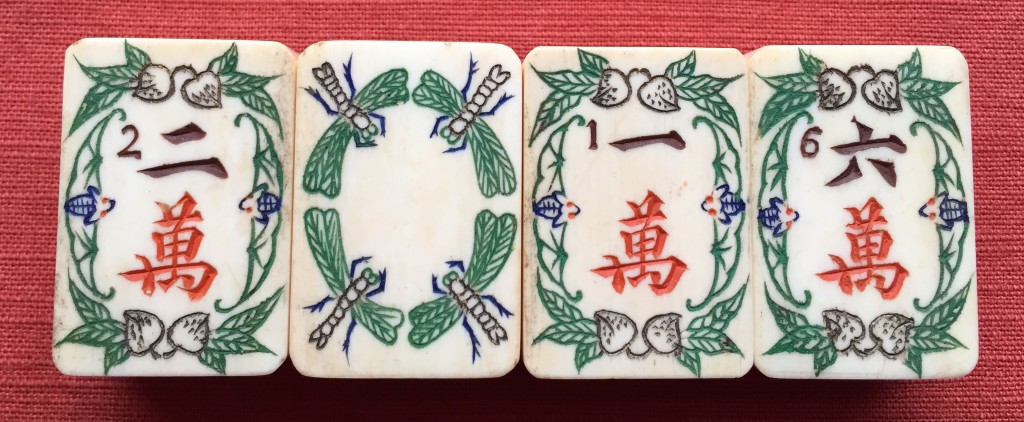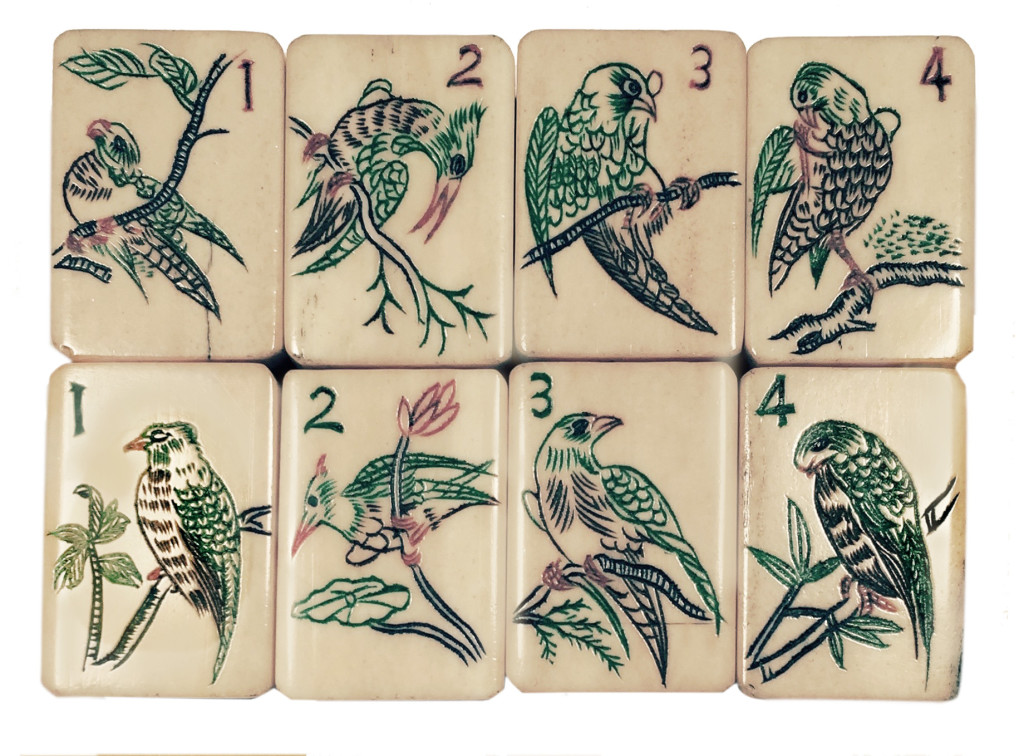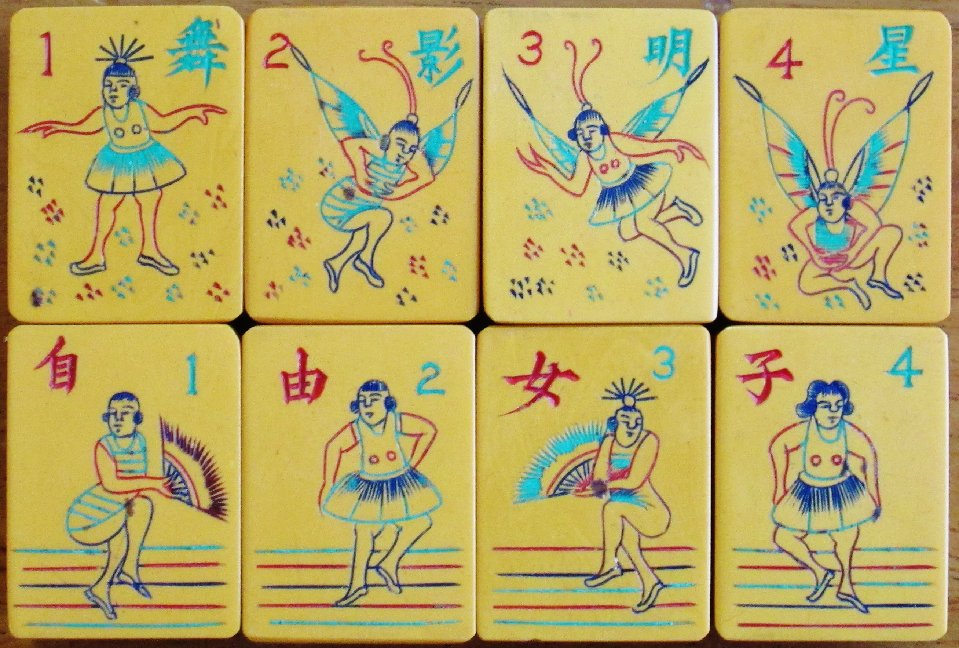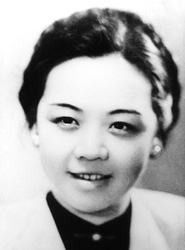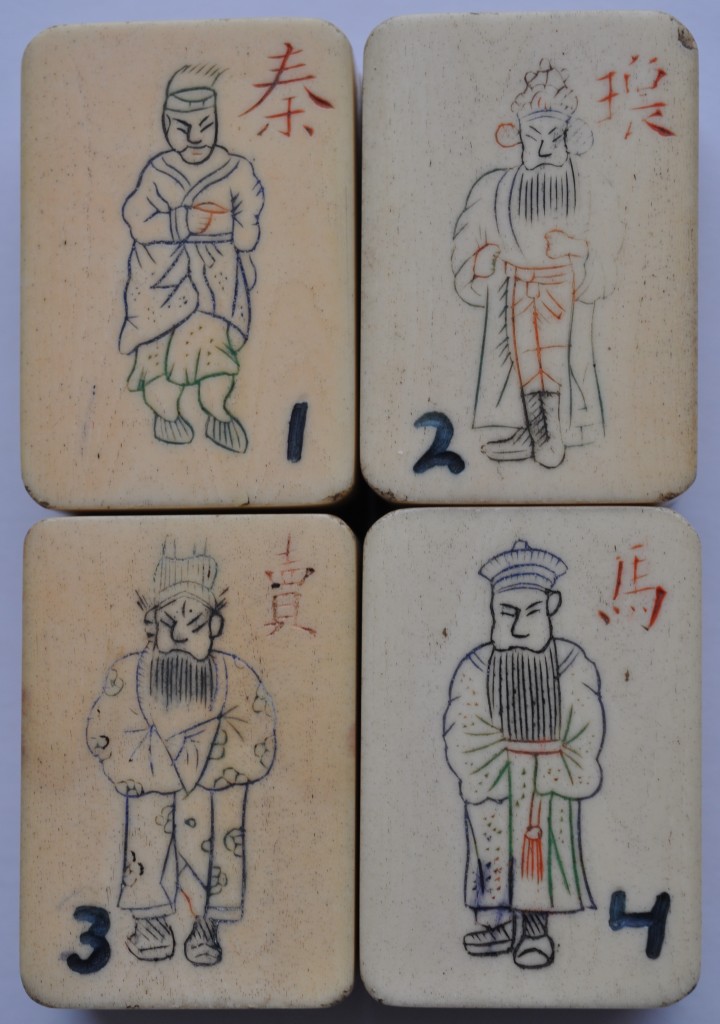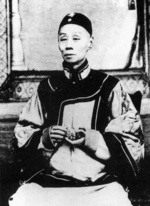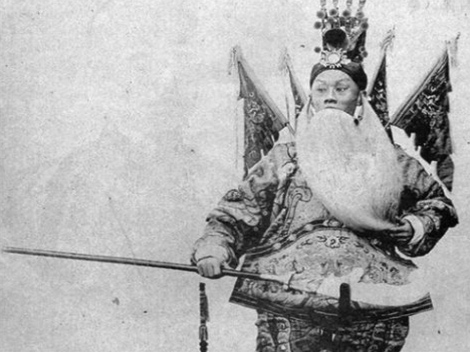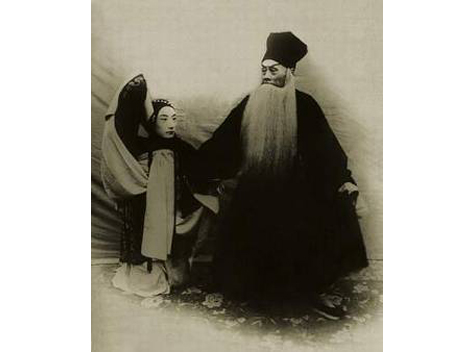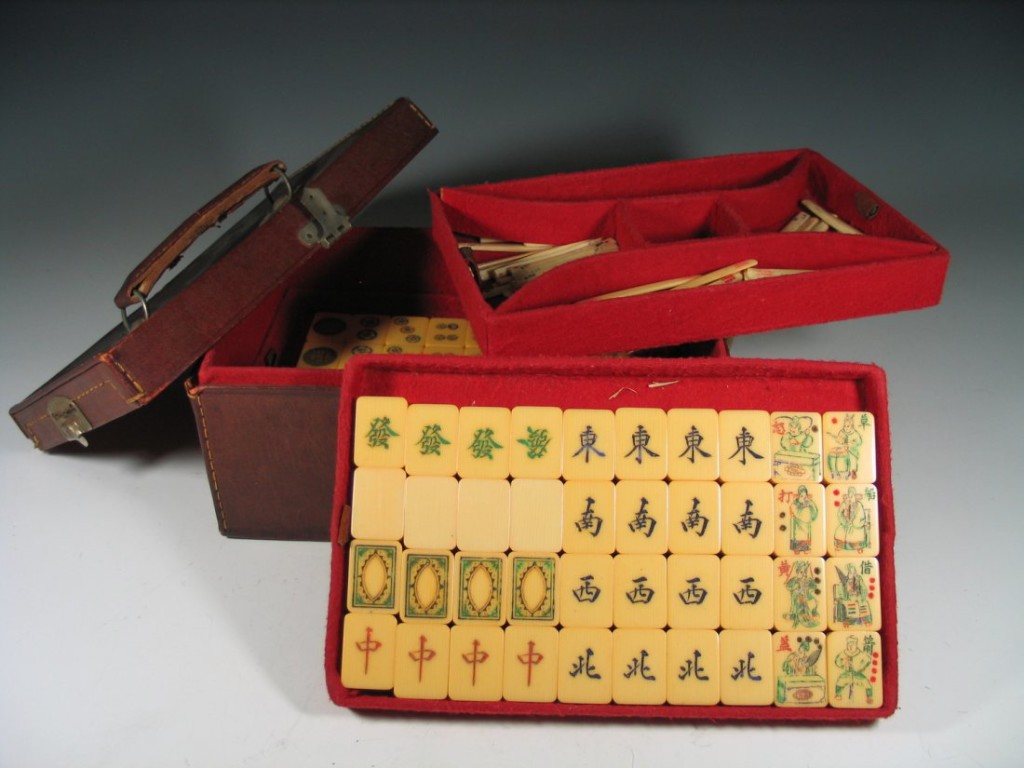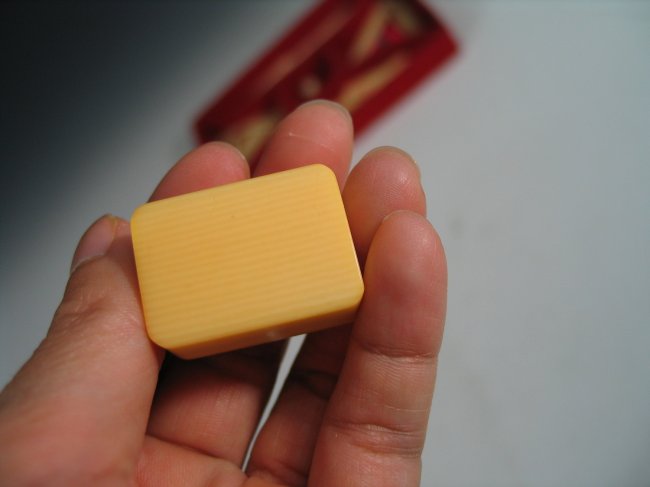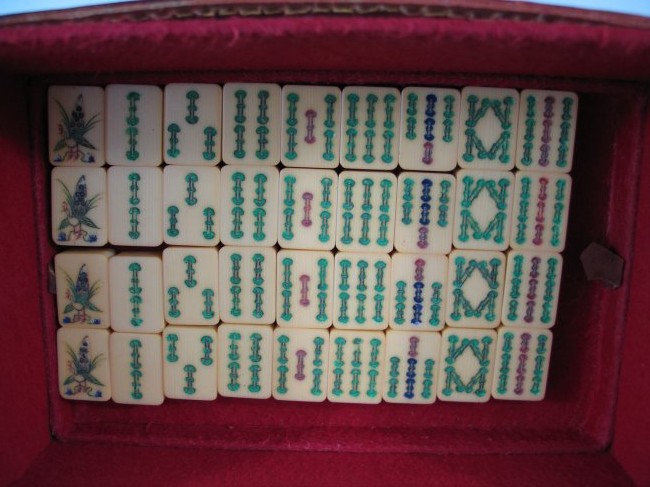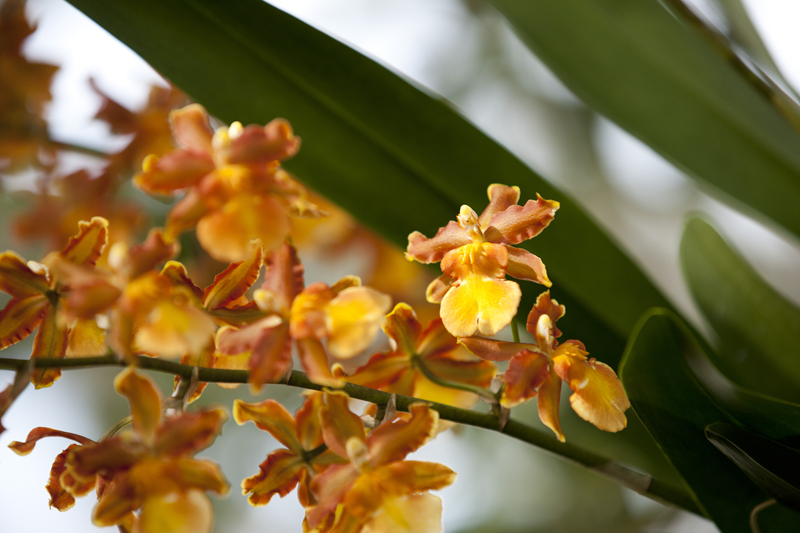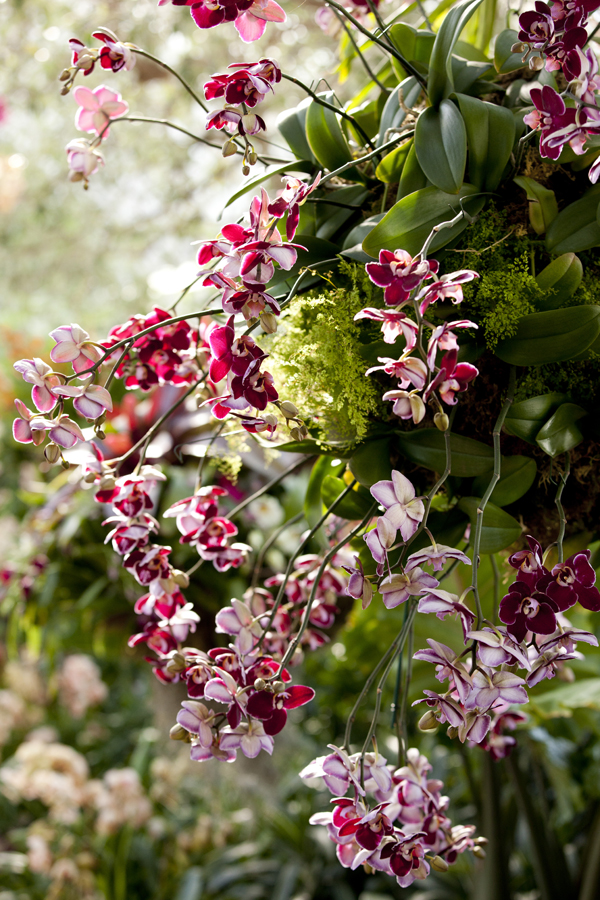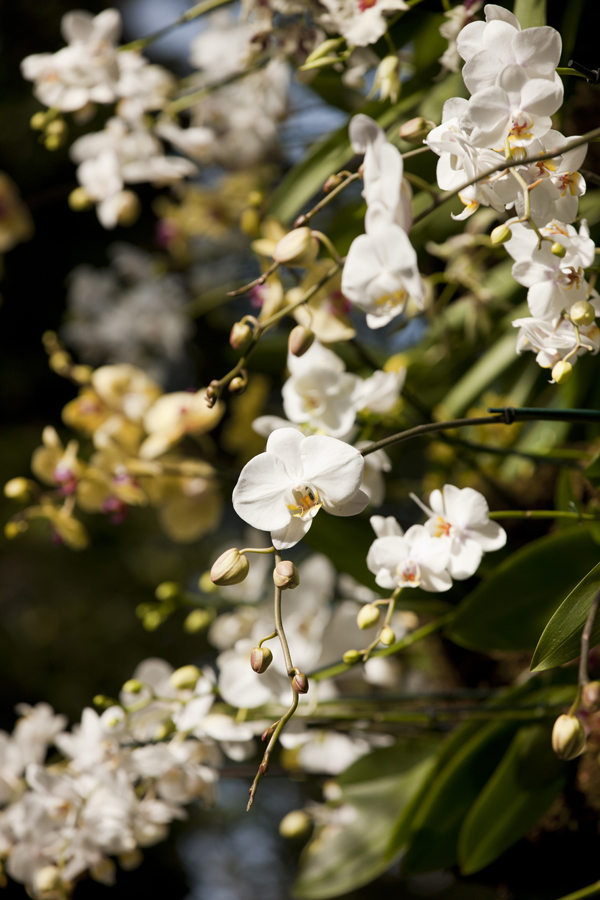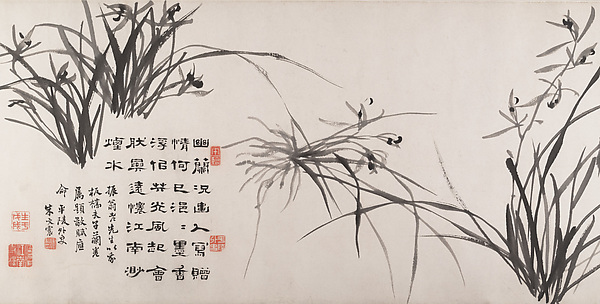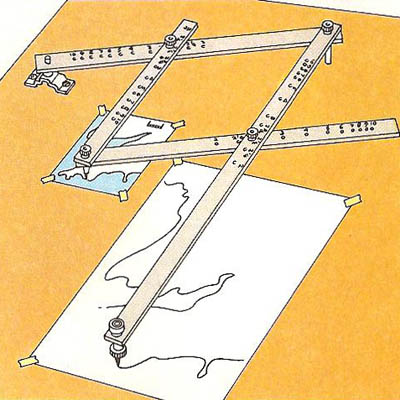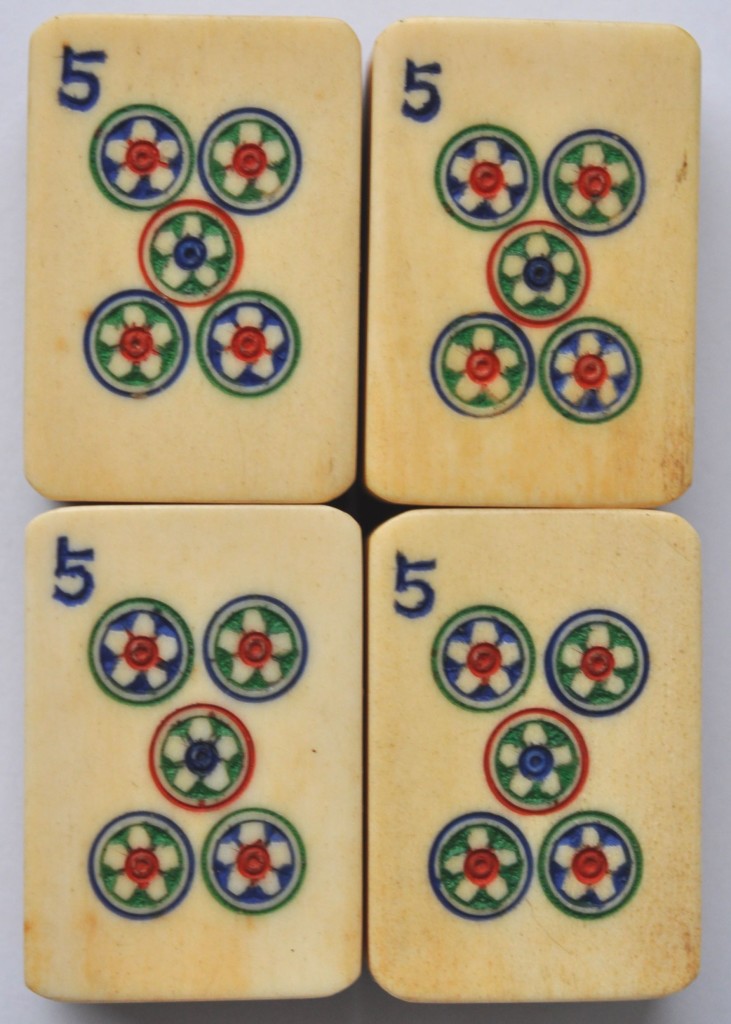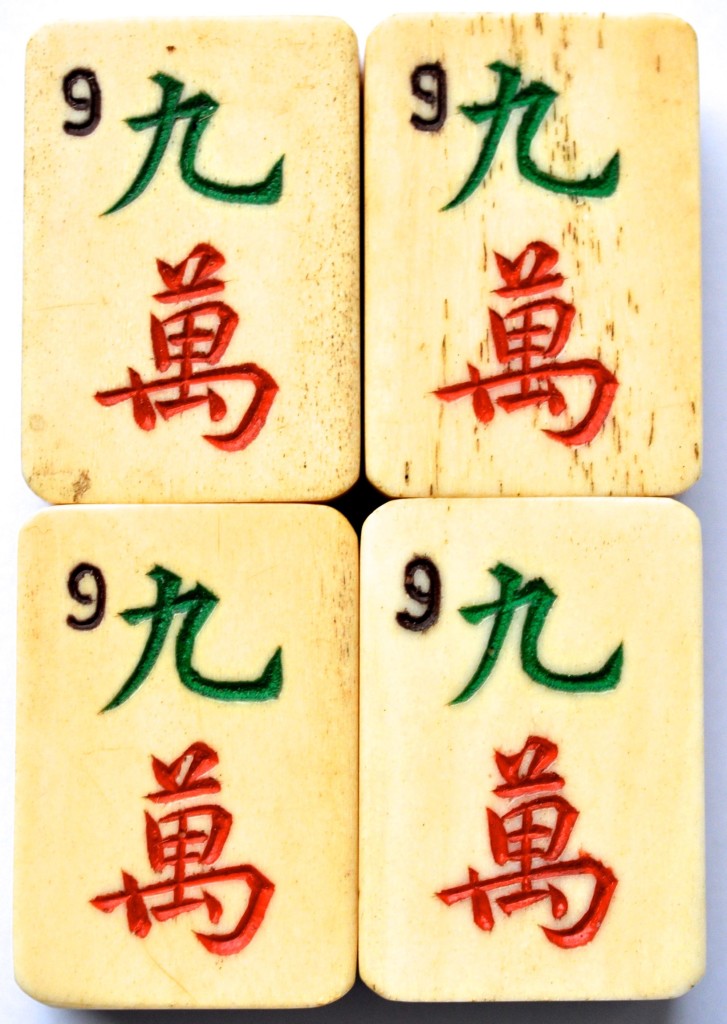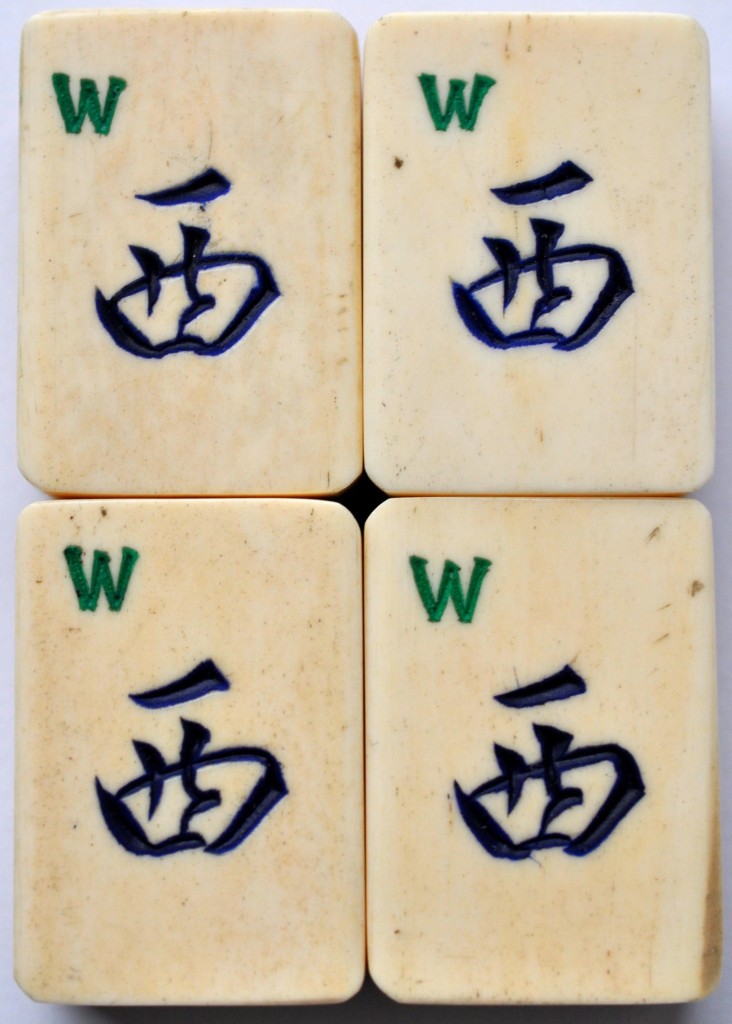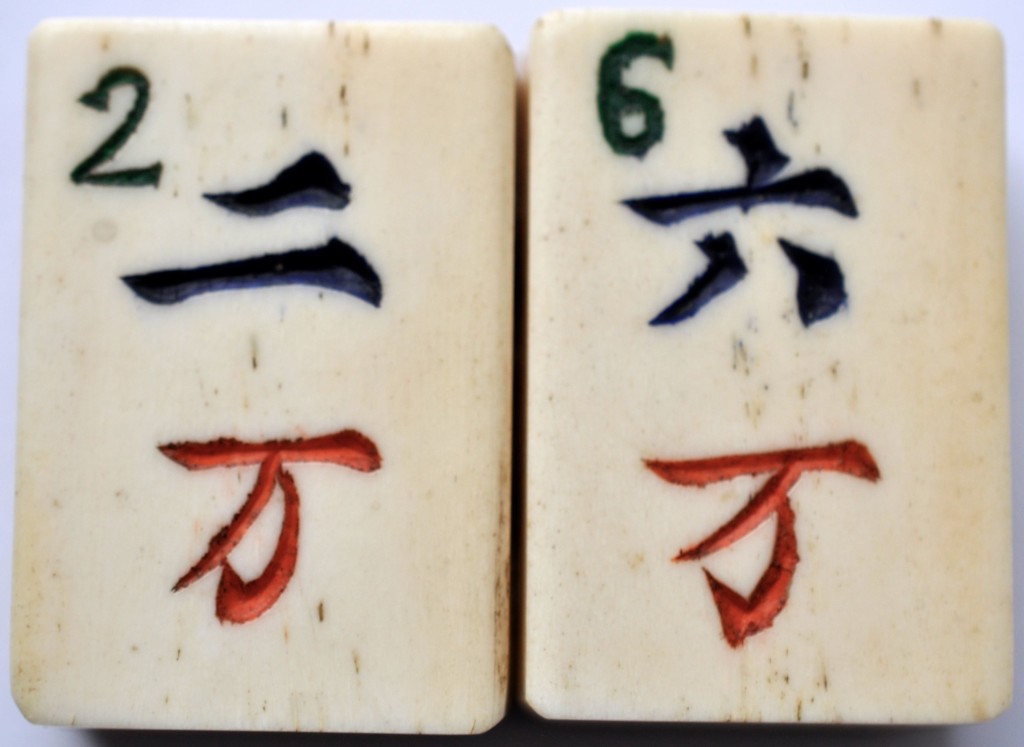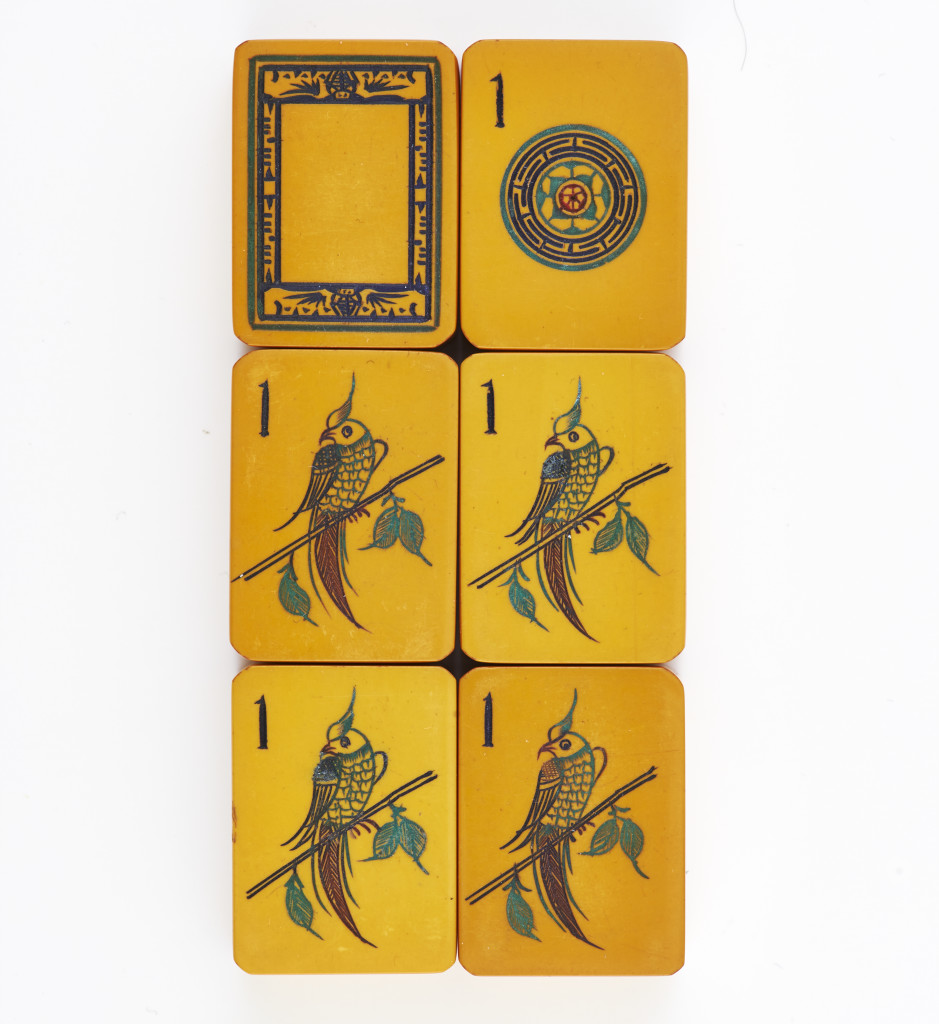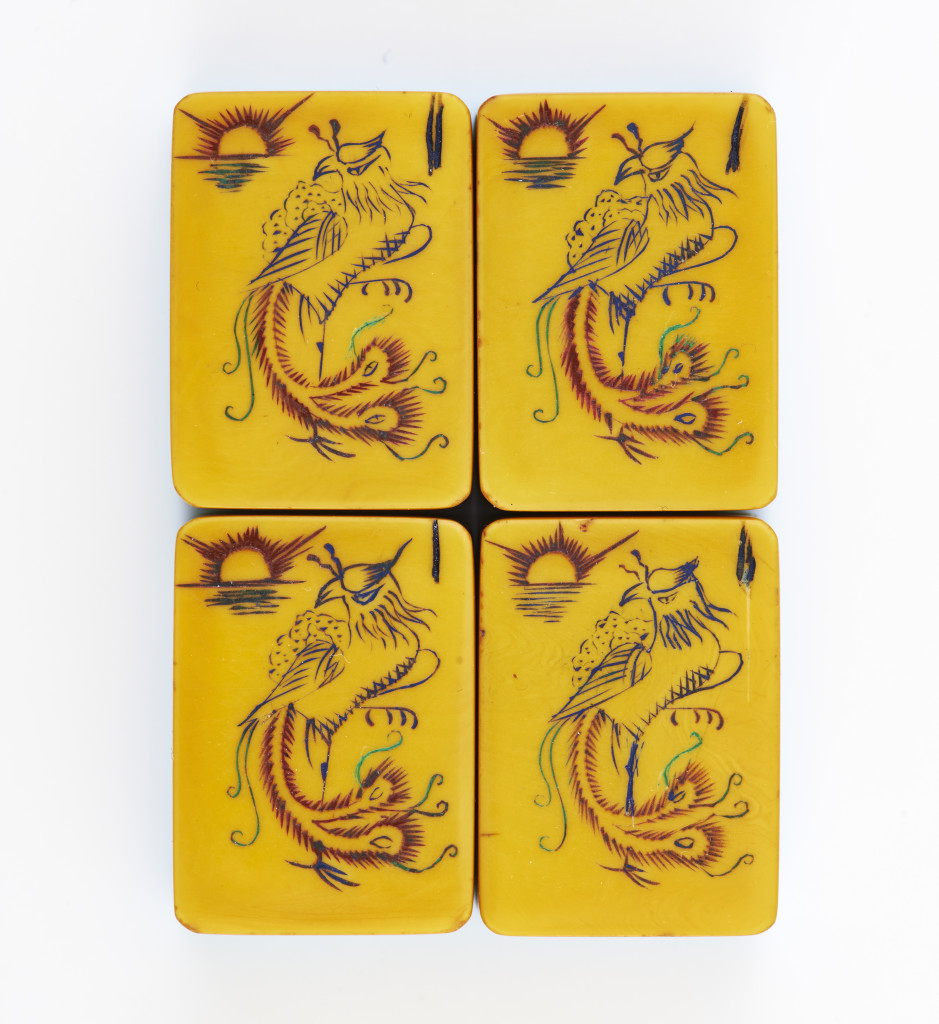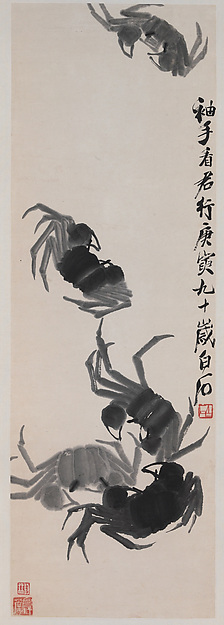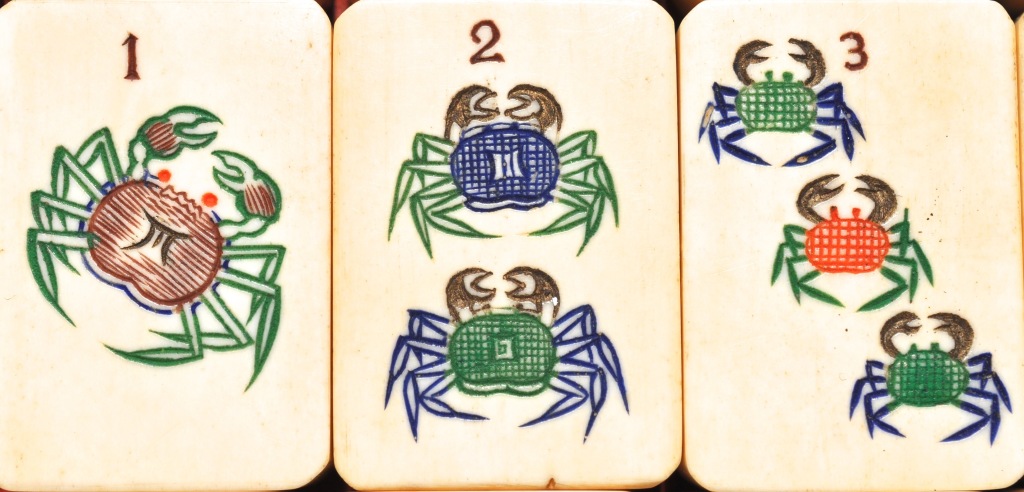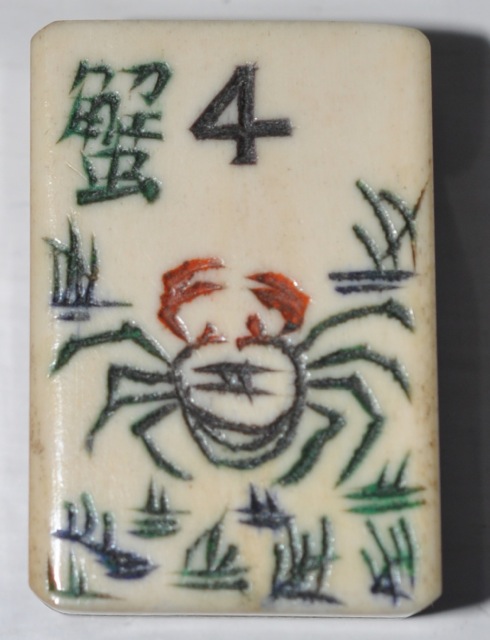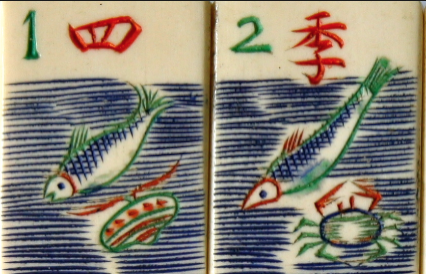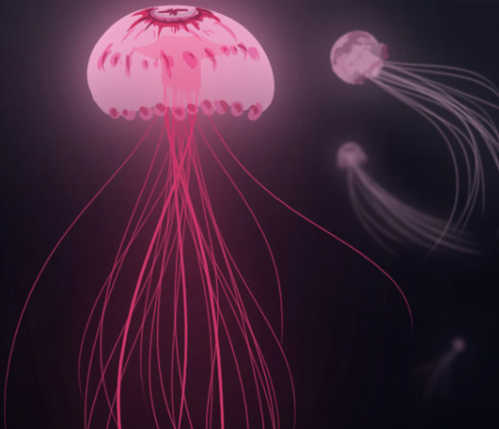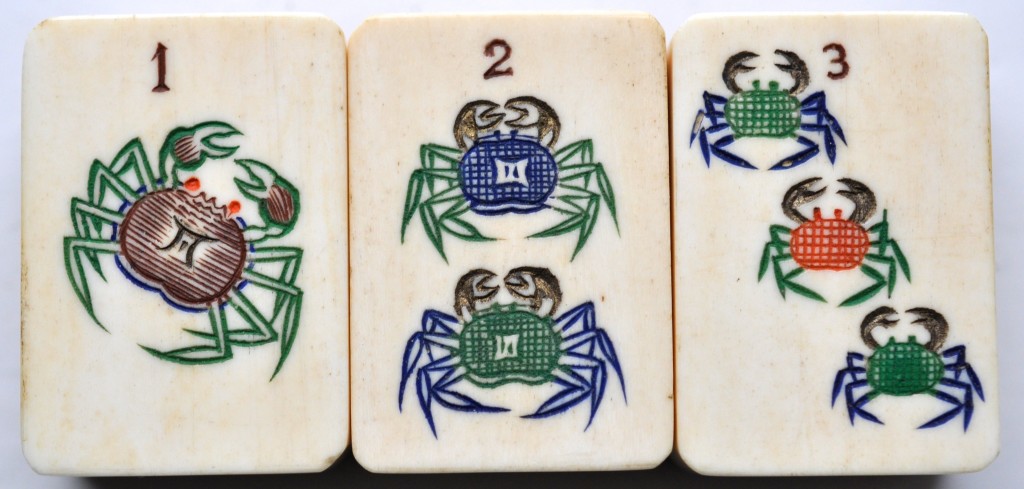
Today we are very lucky to have guest contributor Dr. Arjan Gittenberger. Arjan is a Marine Biologist, based in the Netherlands, and he is a mahjong enthusiast. Given his interest in marine life, he was perusing some of the posts on this website featuring Flower tiles with sea creatures. He wrote me this fascinating email, which he kindly agreed to have turned into a post. I think you will be amazed both by the descriptions of the marine life and the skill of the carvers.
Hi Gregg,
We run a company focusing specifically on questions where species identification in the marine environment is of the uttermost importance (mostly marine invasive species related projects). Although I have never been diving or working in Chinese seas I’ve worked for quite some years in the NW Pacific in the waters surrounding Indonesia, Japan, Thailand, Malaysia, etc…
Evidentially I find the Mah-jong tiles showing sea-creatures very interesting and I’m actually amazed about the details that are visible on the drawings. Looking at your posts about sea creatures on tiles I noticed some details that you may find interesting (and may already know), but which you don’t mention in these posts:
* First the “Shanghai Luck set”:… I assume that it doesn’t simply show sea-creatures. It in fact illustrates the Shanghai cuisine, the youngest among the ten major cuisines in China with a history of more than 400 years, becoming especially popular when Shanghai became a major domestic and international trading port in the later part of the 19th century. The most famous dishes of the Shanghai cuisine concern the Chinese mitten crab (hairy crab) and a dish with “shrimp with colorful vegetables”. See https://en.wikipedia.org/wiki/Shanghai_cuisine#History
* Looking at the crabs illustrated on the tiles of the “Shanghai Luck set” and in other sets illustrated in your posts on crabs on tiles, you can in fact notice several morphological characters that are diagnostic for the Chinese mitten crab (Eriocheir sinensis):
First, on many of the tiles I found illustrated on the internet the brown/reddish fur-like hairs on the claws, and the white “claw tips”, are clearly visible. There are only a few species of crabs worldwide that have such claws with hairs and white claw tips. A second morphological character that is used for identifying crabs concerns the pattern on its back. These patterns are very crab species specific. As can for example be seen on this Wikipedia picture of the Chinese mitten crab
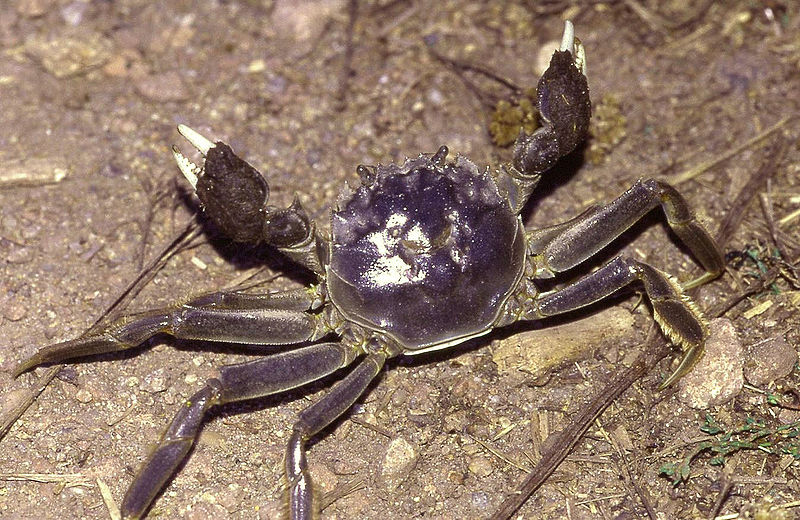
( https://en.wikipedia.org/wiki/File:EriocheirSinensis1.jpg ) , this crab species has “H” pattern on its back (not present in other crab species), which in fact looks like a square if you look at it from a bit more of a distance from a different angle. In the drawings of crabs on mah-jong tiles you had already noticed that this “H”-like pattern is often engraved on the back of these crabs. A final detail that is only visible on the One Dot crab illustrated on your website (“Shanghai Luck set”), is the number of “spines” in between the eyes of the crab. This number is again very species specific. There are crab species with “in between the eyes” no spines, three spines, five spines, etc…. The Chinese mitten crab (Eriocheir sinensis) has four spines between the eyes, which is also the exact number of spines between the eyes visible on the One Dot. The carver of this tile in fact appears to be aware of all of the above mentioned diagnostic characters, i.e. the illustrated crab has white claw tips, followed by a zone of brownish hairs on the claws, four spines between the eyes, and a H-like pattern on its back.
Concerning the habitat of the Chinese mitten crab… On your post about a tile with a fish and a crab on it (The Fish in Chinese Art and Mahjong Part 2), you indicate that the fish is probably “a sturgeon, a type of fish treasured by the Chinese, which is unusual in that it lives in both fresh and salt water, although on this tile you can see the artist clearly intended this to be salt water, given the presence of the crab.”….
I agree with you that the fish is probably a sturgeon. The crab does not indicate that the artist intended this to be salt water however… The red claws of the crab probably indicate that this crab again concerns the Chinese mitten crab. Just like the sturgeon, the Chinese mitten crab is unusual, as one of the only crab species worldwide that does this, in that it lives in both fresh and salt water. Most of it life Chinese mitten crabs live in fresh water many miles land inwards, but for their reproduction (when the crab is ~2-3 years old) they travel back to the sea. This often happens once per year during which up to thousands of 10-20 cm large hairy crabs may start their trip together at the same time over many miles towards back the sea to reproduce (after which most die and the young swim stream upwards into the fresh water again). To reach the sea they sometimes come out of the rivers/streams and even continue their way over land ( sometimes causing traffic jams, panic, etc. ). In conclusion it is probably not a coincidence that this crab is illustrated together with a sturgeon on the same tile, as they both have the unusual freshwater/marine lifecycle.
In your first post about sea creatures (December 24) you also illustrate a beautiful tile with “a crab on it next to rocks and grasses growing at the bottom of the sea”. The hairy claws and the H on its back in fact illustrate that this again should be considered a Chinese mitten crab. This crab is clearly shown in its fresh water habitat as the grasses on the tile probably concern a freshwater cane species, possibly “ Miscanthus sinensis ”
( see https://en.wikipedia.org/wiki/Miscanthus_sinensis ).
Finally concerning the tile with a fish and to the left of it a strange creature. You indicate that this may be some kind of jelly fish. I agree. As you probably noticed the strange thing about this picture is that, if it is a jellyfish, it is drawn upside down… To my believe it is in fact the “upside down jellyfish”, Cassiopea andromeda. This is a well-known common species in China/the NW Pacific as it occurs in mashes and mangroves where also most of the crab and shrimp fisheries took/take place. This unique species lies upside down on the bottom with its tentacles sticking up, mimicking sea-grass. When mangrove fishes get scared away by a predator, they tend to flee into the sea-grass to hide… When they make the mistake of fleeing into the tentacles of this upside-down jellyfish they get stung, die and get eaten. Possibly this behaviour is what is being illustrated on the mah-jong tile.
Although I haven’t found any specific references about Cassiopea andromeda, this species belongs to the jellyfish Order Rhizostomae from which many species are prepared in various dishes (e.g. within the Shanghai cuisine). As this jellyfish lies in shallow water on the bottom in mangroves, I can imagine that it is relatively easy to collect, and crab/shrimp fishermen would take them along ☺
Best,
Arjan
A picture I took myself in Indonesia of the upside down jellyfish illustrating how the tentacles mimic sea-grass. The young/smaller individuals of this species, look more like the picture on the Mahjong tile, including the stripes/dots pattern.
Here's Gregg again: Isn't it remarkable how much can be learned about the world by looking at mahjong tiles? Not only does playing the game keep us mentally sharp and flexible, and provide opportunities to develop friendships, but it can help us gain more knowledge about different cultures, art and design, and now marine life! Thank you, Arjan for this extra bit of appreciation for our beloved Mahjong tiles.

